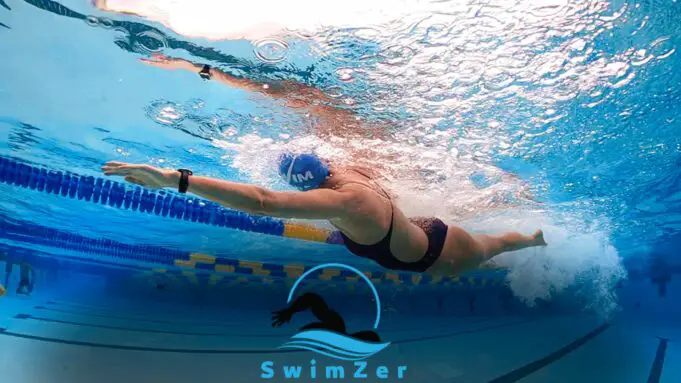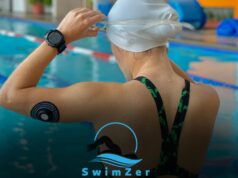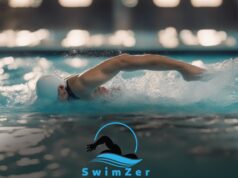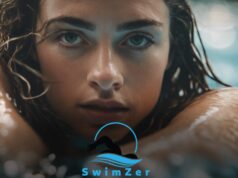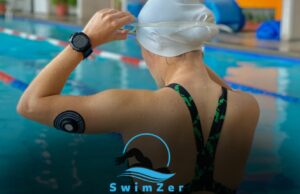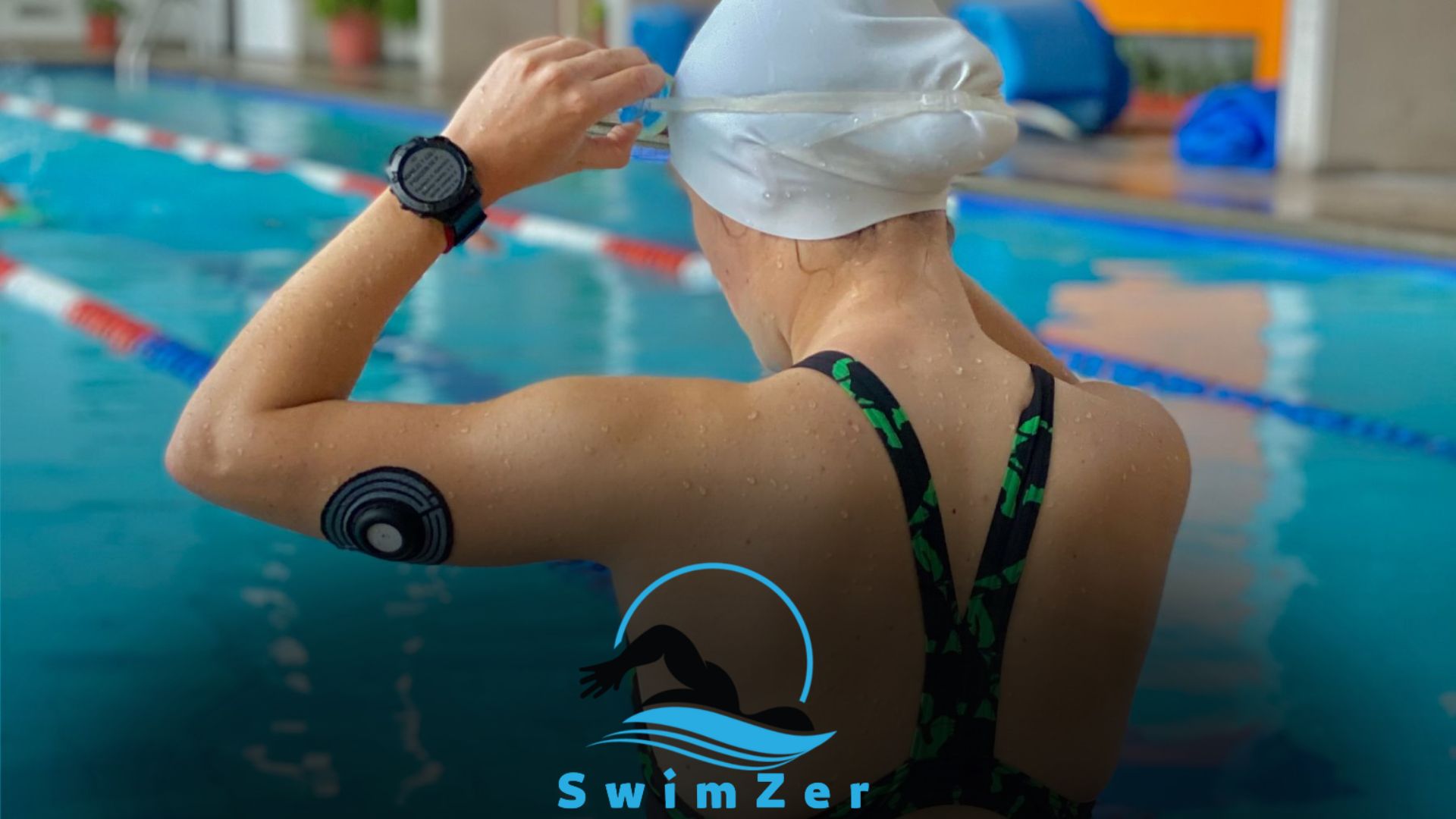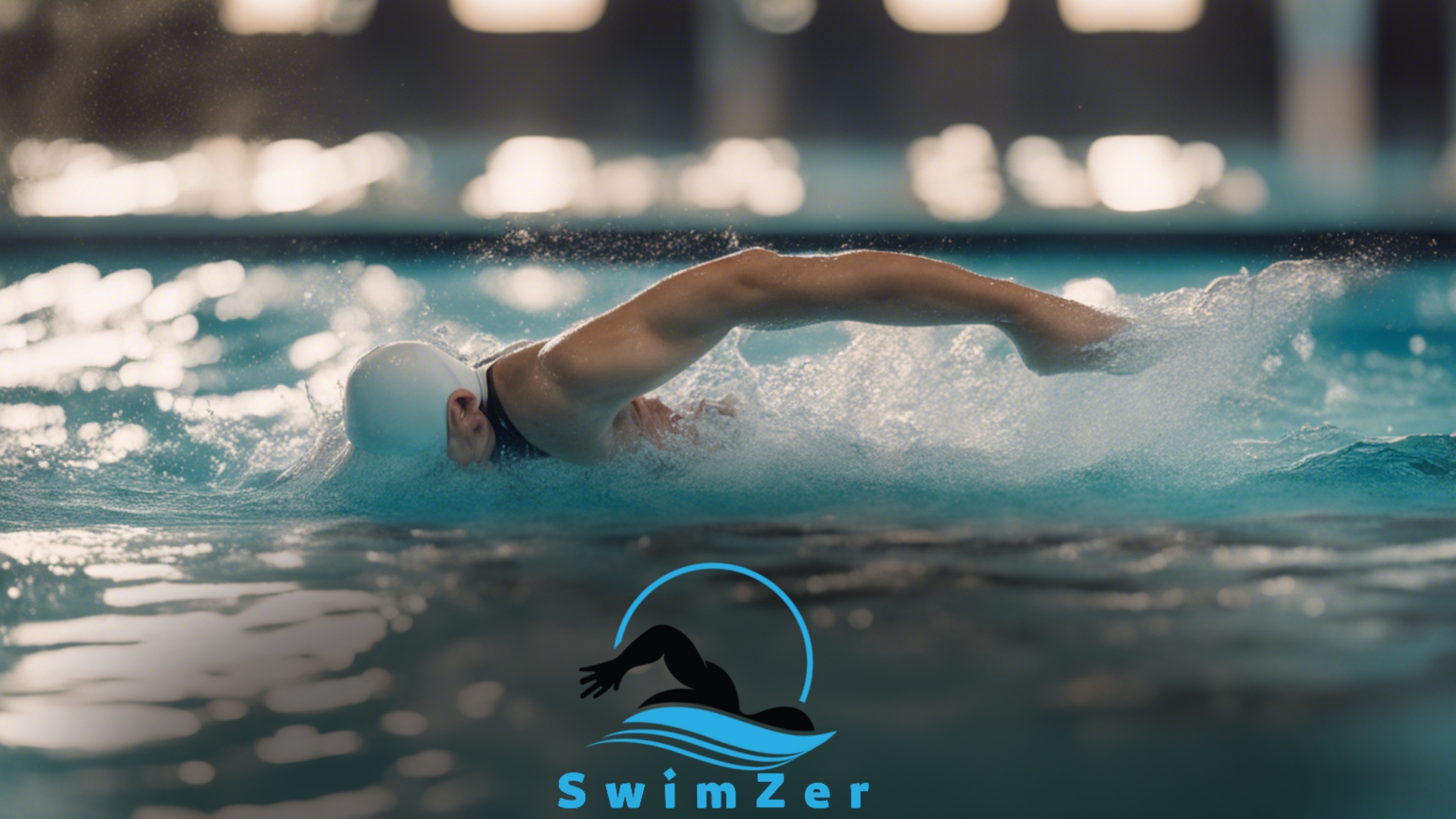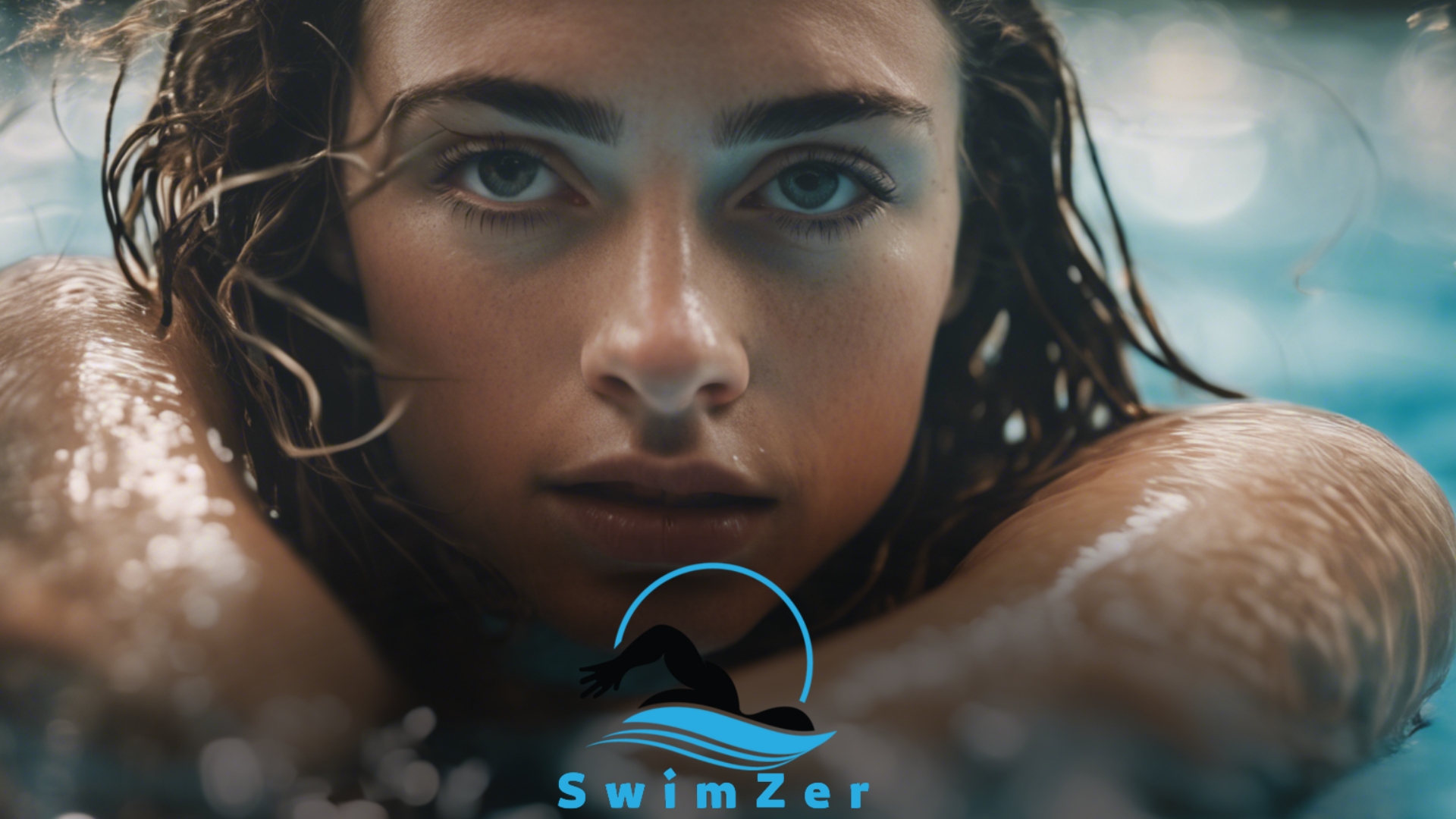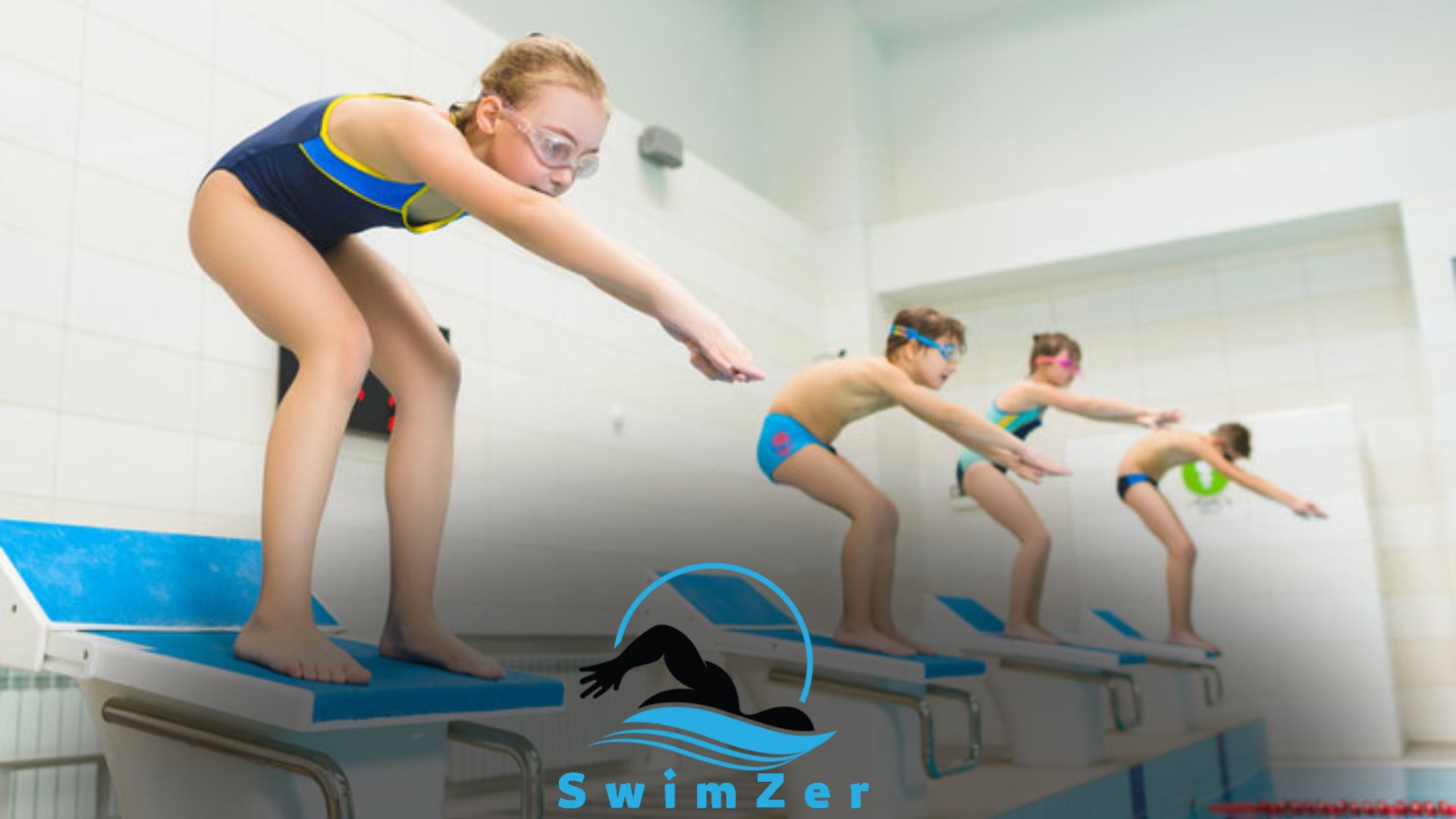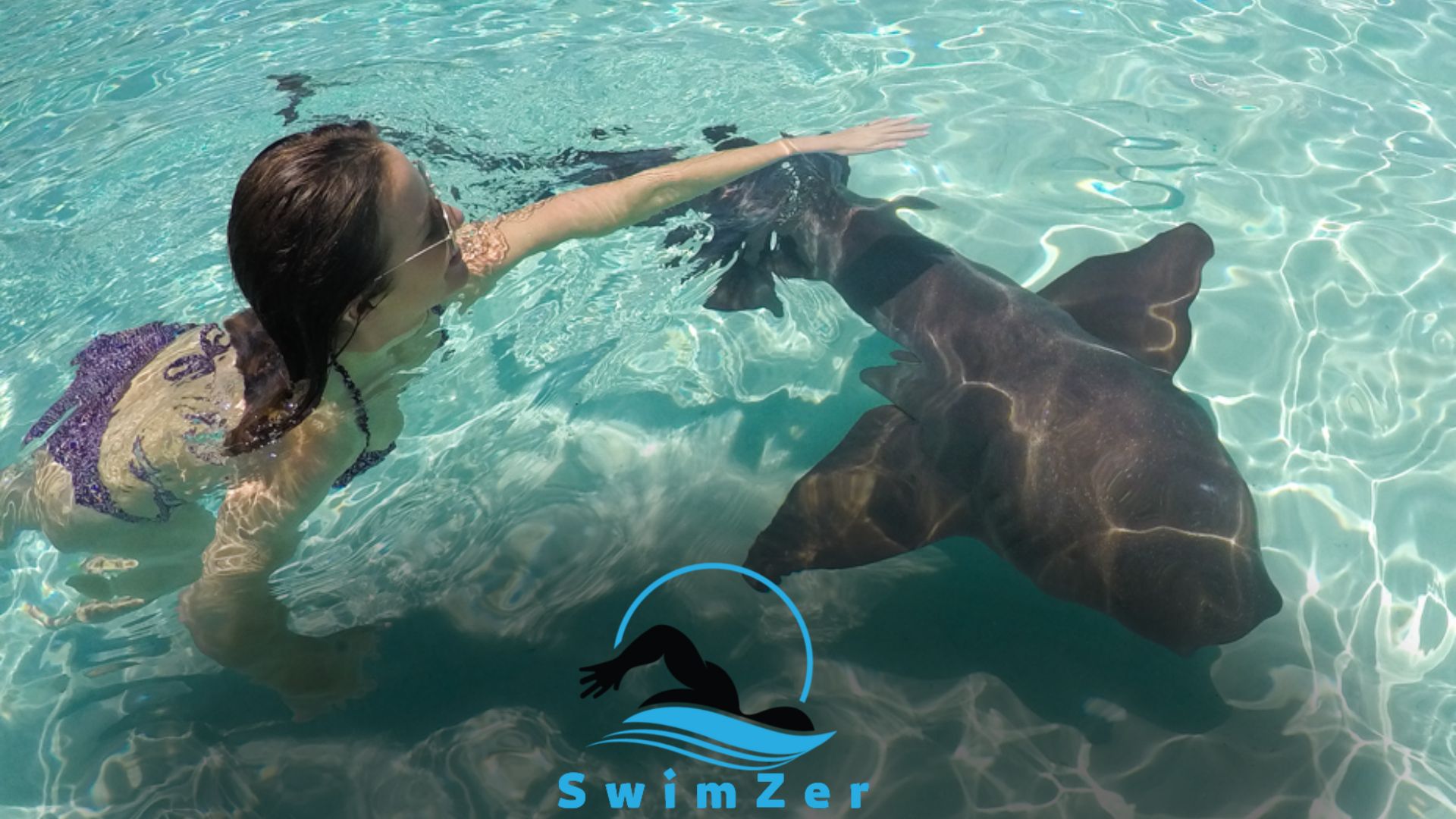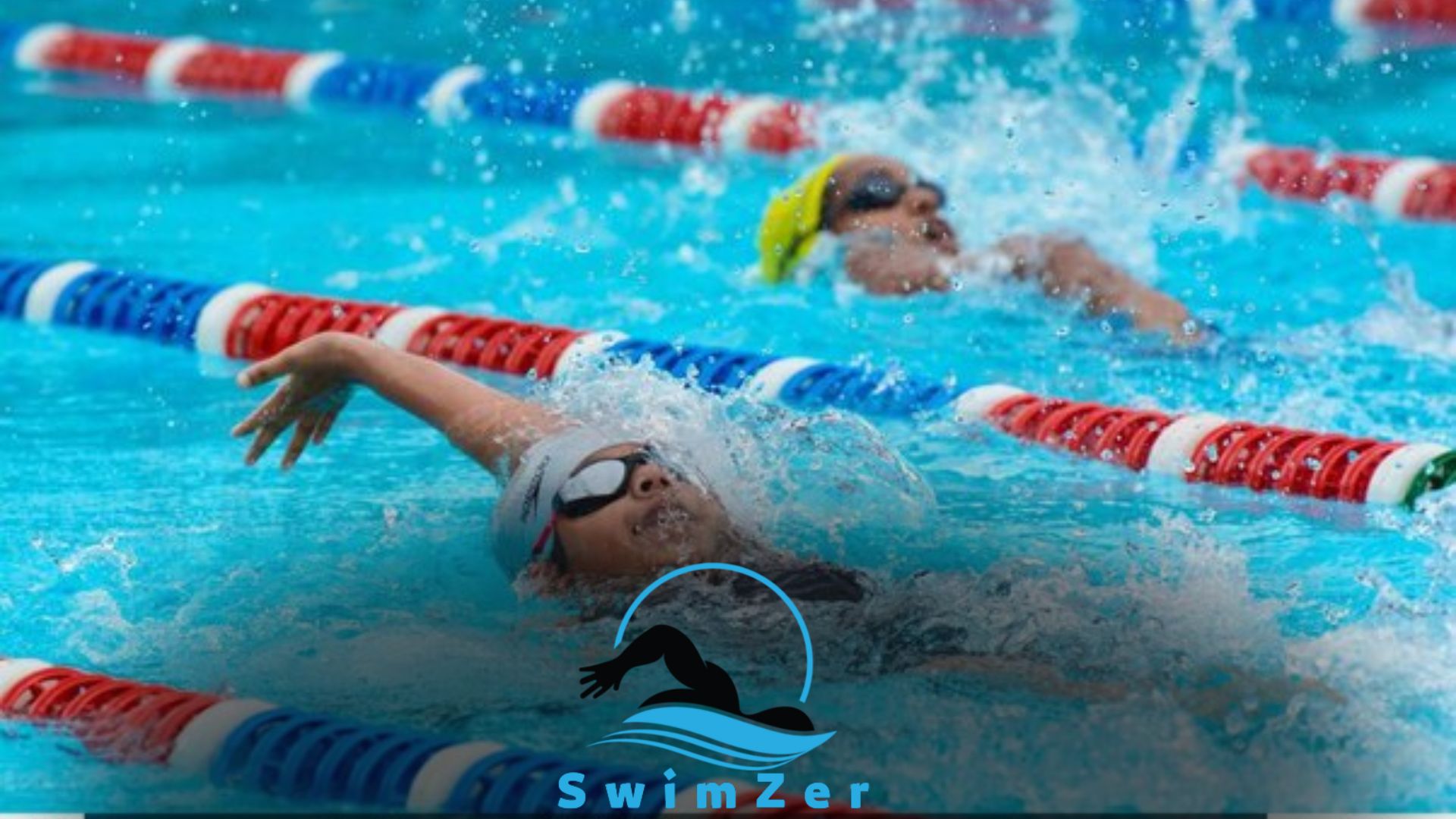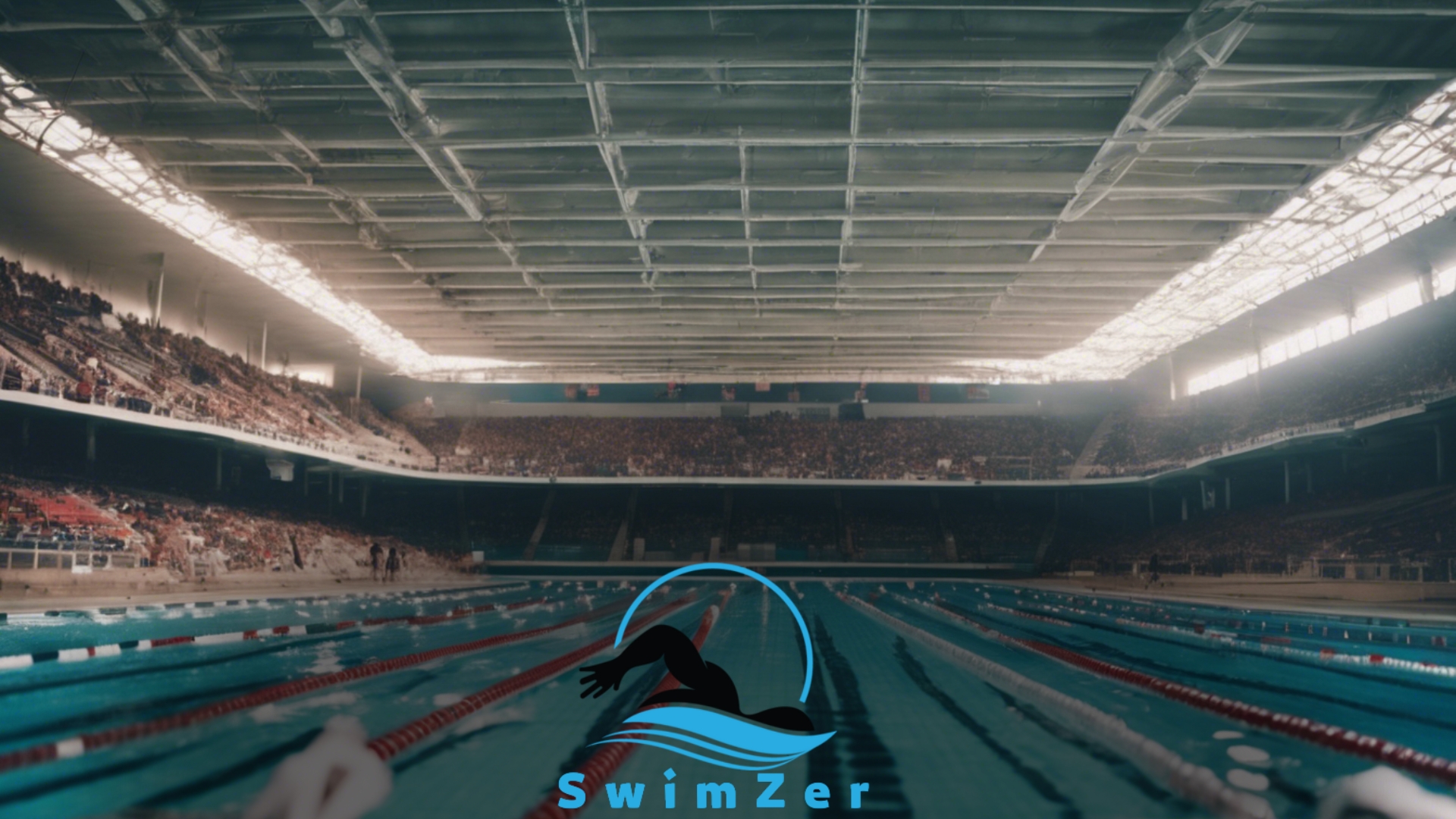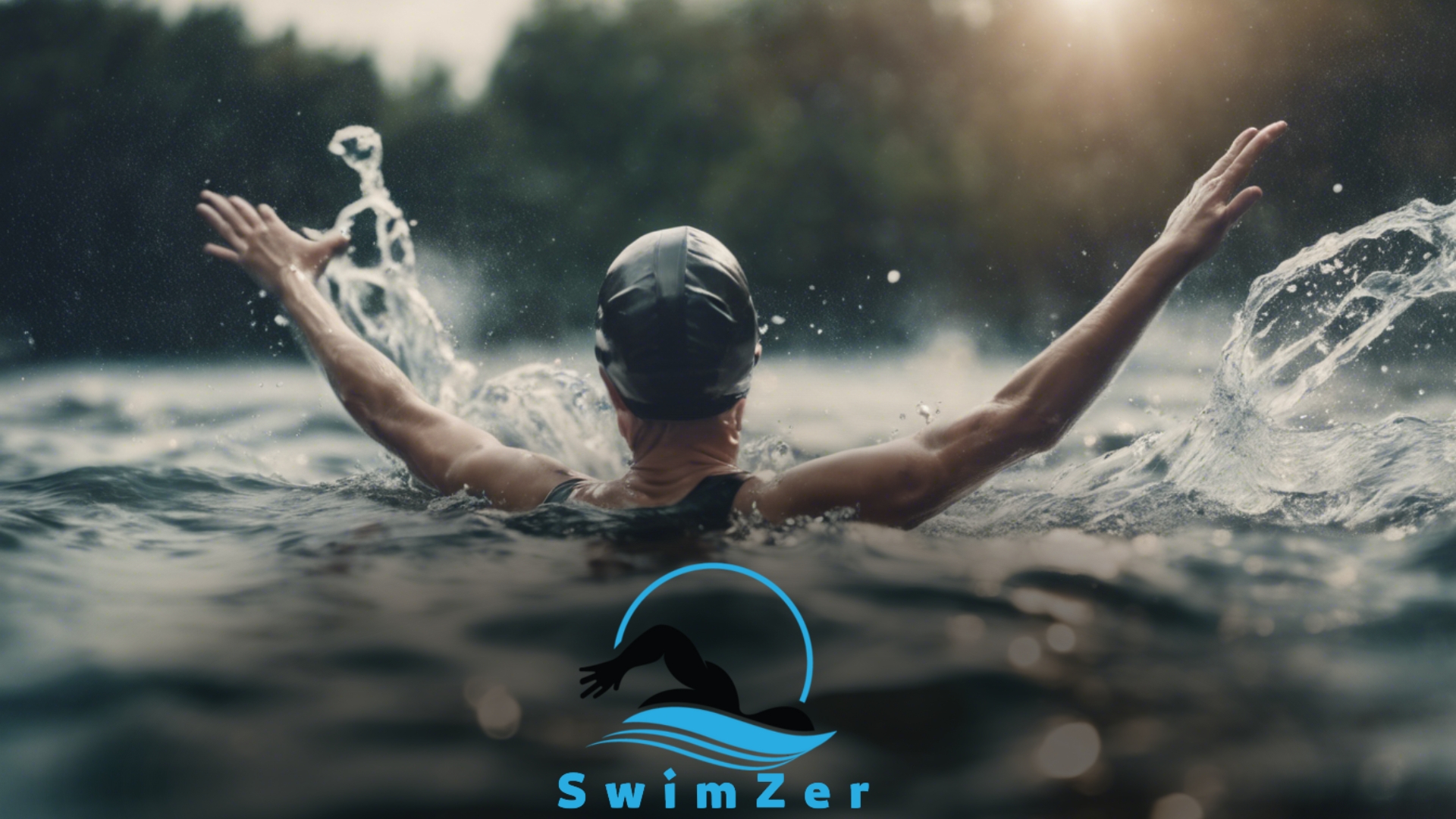To breathe when swimming laps, exhale underwater, and inhale to the side while turning your head. Swimming requires proper breathing techniques for efficient oxygen intake.
By following these guidelines, you can ensure a smooth and uninterrupted swimming experience. Swimming is a great form of exercise and a popular recreational activity.
Whether you’re a beginner or an experienced swimmer, mastering the art of breathing while swimming laps is essential for a successful swimming session.
Proper breathing techniques help you maintain a steady oxygen supply and improve your overall performance in the water. We will explore the best ways to breathe while swimming laps, allowing you to swim easily and confidently.
Remember, how you breathe can directly impact your swimming efficiency, so let’s dive in and discover the key principles of breathing in the water.
Breathing Basics in Lap Swimming
When it comes to swimming laps, proper breathing technique is crucial for maintaining performance and stamina. Understanding how to breathe correctly can significantly impact your swimming experience.
This section will discuss the importance of proper breathing techniques and the differences between land and water breathing.
Importance of Proper Breathing Technique
In lap swimming, proper breathing technique is essential for several reasons. Firstly, it helps supply your muscles with oxygen, allowing you to swim longer without fatigue.
Secondly, it helps maintain proper body alignment and buoyancy, allowing smoother and more efficient strokes. Lastly, it helps to lower the risk of breathlessness or panic during intense swimming sessions.
To ensure you are using the correct breathing technique, follow these tips:
- Exhale underwater: To maximize your inhalation, exhale fully underwater. This will allow you to take in a deeper breath when it’s time to turn your head to the side.
- Time your breathing: Coordinate your breathing with your stroke. Many swimmers find it helpful to inhale during the recovery phase of their stroke, such as when their arm is out of the water.
- Turn your head to the side: As you reach the breathing phase, turn your head to the side to clear your mouth and nose from the water. Avoid lifting your head entirely out of the water, as this can disrupt your body alignment.
- Breathe bilaterally: Practicing bilateral breathing, where you alternate breathing on both sides, helps maintain balance and symmetry in your stroke.
Differences Between Land and Water Breathing
Breathing during land activities differs significantly from breathing in water. On land, we breathe naturally and continuously without any restrictions. However, swimming laps requires adapting your breathing technique to the aquatic environment.
Here are some key differences to keep in mind:
| Land Breathing | Water Breathing |
|---|---|
| Unrestricted breathing | Controlled breathing due to water resistance |
| Breathe in through the nose and out through the mouth | Breathe in through the mouth and exhale through the nose or mouth |
| No need to time or coordinate breathing with movements | Coordinate breathing with your stroke for efficiency and rhythm |
| No need to turn your head to breathe | Rotate your head to the side to breathe while maintaining proper body alignment |
Knowing these differences will help you adjust your breathing technique from land exercises to lap swimming.
Mastering the Rhythmic Breath
When it comes to swimming laps, mastering the rhythmic breath is essential for a smooth and efficient swim. Coordinating your breath with your strokes helps you maintain a steady rhythm and greatly enhances your overall performance in the water.
In this article, we will delve into two key aspects of mastering the rhythmic breath: timing your inhalation and exhalation and coordinating your breath with your stroke.
Timing Your Inhalation and Exhalation
Timing your inhalation and exhalation correctly while swimming is crucial for a comfortable and efficient swim. It’s important to find a breathing pattern that works best for you, considering your lung capacity and the intensity of your swim. Here are some key tips to help you find the right timing:
- Breathe out steadily: As you begin each stroke, exhale through your nose or mouth in a controlled and steady manner. This helps release carbon dioxide and prepares your lungs for the upcoming inhalation.
- Inhale at the right moment: Choose the most convenient point in your stroke cycle to take a breath. Many swimmers find it comfortable to inhale while their face is turned to the side during the recovery phase of their stroke. Experiment with different timing options to find what works best for you.
- Practice bilateral breathing: Bilateral breathing, where you alternate which side you breathe to, helps ensure that you breathe evenly and maintain balance in the water. It also helps prevent muscle imbalances when you consistently breathe on one side only.
- Focus on exhaling underwater: To maximize your inhalation, exhale fully underwater before turning your head to breathe. This allows you to take in more oxygen and maintain a steady supply throughout your swim.
Coordinating Breath With Stroke
Coordinating your breath with your stroke is essential for maintaining a smooth and efficient swimming technique. When you synchronize your breath with your stroke, you establish a natural and rhythmic pattern that enhances your swimming experience.
Here are some strategies to help you achieve this coordination:
- Time your breath with your arm movement: As you extend one arm forward during your stroke, prepare to take a breath by turning your head to the side. This ensures you have enough time to inhale while your arm is recovering above the water.
- Use a one-arm drill: Practice using a one-arm drill to focus on your breath coordination. By temporarily swimming with just one arm while the other arm remains extended, you can concentrate on your breath rhythm without the distraction of both arms simultaneously.
- Develop a relaxed head position: Keeping your head in a neutral position, aligned with your body, reduces strain on your neck and shoulders and allows smoother breathing. Avoid lifting your head too high or sinking it too low during your stroke.
- Gradually increase your swim distance: As you become comfortable coordinating your breath with your stroke, gradually increase the distance you swim without taking a breath. This helps build your lung capacity, endurance, and overall swimming efficiency.
You’ll swim with greater ease, efficiency, and confidence by mastering the rhythmic breath. Practice these techniques consistently and incorporate them into your training sessions to improve your swimming performance and enhance your experience in the water.
How to Breathe When Swimming Laps
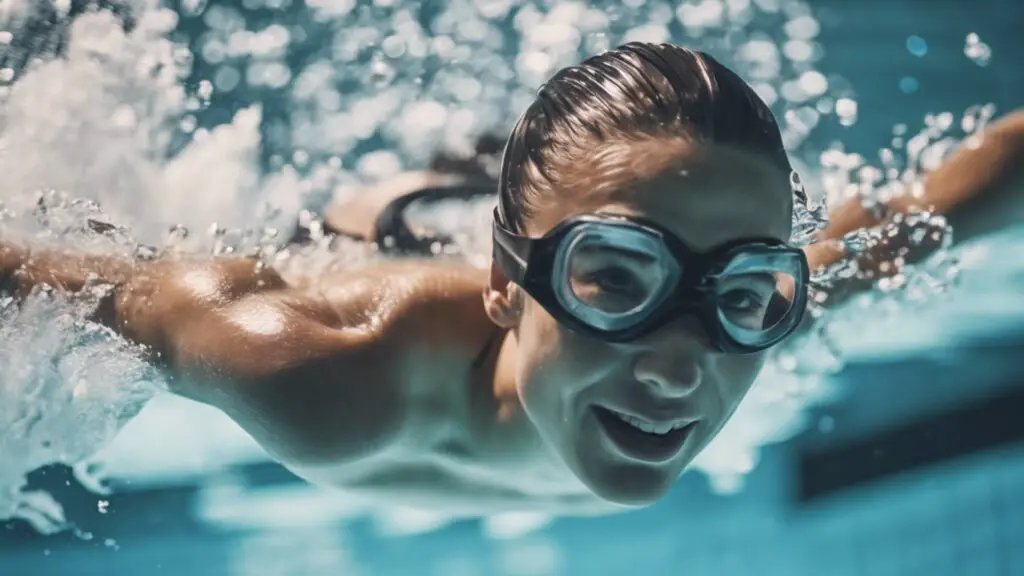
Discover the key to breathing properly while swimming laps. Learn essential techniques to improve your swimming performance and stamina in the water.
Proper breathing technique is essential for any swimmer looking to improve their lap times or just enjoy a smooth and efficient swim. When it comes to breathing during swimming laps, many beginners struggle to find their rhythm and often end up gasping for breath.
This article will explore various techniques and tips to help you breathe effectively and effortlessly while swimming laps.
Bi-lateral Breathing Technique
The bilateral breathing technique is a fundamental skill every swimmer should learn and master. This technique involves alternating your breathing pattern from one side of the body to the other, allowing you to breathe in a more balanced and symmetrical manner.
By breathing bilaterally, you strengthen both sides of your body and improve your overall stroke efficiency.
To incorporate the bi-lateral breathing technique into your lap swimming, follow these steps:
- Focus on exhaling completely underwater before turning your head to breathe.
- Choose a comfortable side and breathe every three strokes, rotating your head to the side while maintaining a streamlined body position.
- After a few laps, switch to the other side, ensuring you breathe regularly and consistently.
Remember to relax your neck and avoid straining to breathe. Practice this technique regularly, gradually increasing the number of strokes between breaths to improve your lung capacity and endurance.
The Role of Breath Control in Pacing
Aside from helping you maintain a steady rhythm, breath control is crucial in pacing your swim. You can better manage your energy expenditure by controlling your breath, allowing for more efficient strokes and longer distances covered in each lap.
Here are some breath control techniques that can help you pace yourself:
- 1. Full Exhale: Focus on fully exhaling underwater before taking a breath. This ensures you have enough lung capacity to take in sufficient oxygen during each breath.
- 2. Synchronization: Coordinate your breathing with your arm strokes. You’ll develop a smoother and more efficient swimming rhythm by timing your breaths with your strokes.
- 3. Progressive Breathing: Gradually increase the number of strokes between breaths as you build your endurance. This technique helps you adjust to longer distances and enhances overall swimming efficiency.
By incorporating these breath control techniques into your lap swimming routine, you’ll not only enhance your overall performance but also prevent feelings of fatigue and breathlessness.
Consistent Practice for Perfect Technique
One of the key elements to improving your swimming skills is mastering your breathing technique. Whether you’re a beginner or an experienced swimmer, proper breathing is crucial for an efficient and enjoyable swim. Consistent practice of various drills is the key to perfecting your breathing technique.
In this section, we will explore some effective drills to improve your breathing pattern and common mistakes to avoid.
Drills to Improve Breathing Pattern
To improve your breathing pattern while swimming laps, incorporating specific drills into your training routine can be highly beneficial. These drills help you develop a rhythmic breathing pattern, increase lung capacity, and enhance your swimming performance.
Here are some drills that you can include in your practice sessions:
- Kickboard Drill: Use a kickboard to focus solely on your leg kicks while allowing yourself to breathe naturally. This drill helps you separate your leg movements from your breathing, allowing you to concentrate on your breathing technique.
- Head-Up Drill: Swim with your head out of the water, maintaining a neutral spine position, and focus on your breath control while keeping your legs and arms moving. This drill mimics real-life situations where you may need to swim with your head elevated, such as in open water or rough conditions.
- One-Arm Drill: Perform freestyle swimming using only one arm while the other arm stays extended in front of you. This drill allows you to focus on breathing without the added complexity of bilateral breathing. It helps improve your breathing timing and coordination.
Common Mistakes and How to Avoid Them
While striving for a perfect breathing technique, you must be aware of common mistakes that can hinder your progress. You can optimize your breathing efficiency and enhance your swimming experience by avoiding these mistakes. Here are some common mistakes to watch out for and tips on how to correct them:
- Lifting your head too high: Raising your head excessively can disrupt your body alignment and cause drag. Instead, focus on aligning your head with your body, looking slightly forward and down to maintain proper posture.
- Exhaling too late or forcefully: Many swimmers tend to hold their breath or exhale too late, causing unnecessary strain on the body. Practice exhaling continuously while your face is in the water to ensure a smoother, more efficient breathing process.
- Breathing bilaterally too soon: Bilateral breathing, where you alternate breathing sides, can be challenging for beginners. Gradually master unilateral breathing before attempting bilateral breathing, which helps establish a consistent pattern.
You can improve your breathing pattern while swimming laps by consistently practicing these drills and being mindful of common mistakes.
Remember that perfecting your technique takes time and patience, so be persistent in your training. Focus on maintaining a relaxed and controlled breathing rhythm throughout each lap; soon enough, you’ll find yourself easily gliding through the water.
Advanced Breathing Strategies
When it comes to swimming laps, breathing is an essential aspect that can greatly impact your performance. Mastering advanced breathing strategies allows you to enhance your buoyancy and speed and adapt your breathing technique to different swim strokes. This section will explore two key aspects of advanced breathing: using breath for buoyancy and speed and adapting breathing for different swim strokes.
Using Breath for Buoyancy and Speed
One of the most effective ways to improve your swimming technique is by utilizing your breath for buoyancy and speed. Specific breathing techniques can help you maintain proper body position and achieve efficient propulsion in the water.
When swimming freestyle, for example, it is crucial to time your breaths properly to maintain a streamlined body position and reduce resistance. To achieve this, breathe at the end of each arm stroke just before your recovering arm enters the water. This allows you to utilize the rotation of your body to lift your head slightly above the water, creating buoyancy and reducing drag.
A similar technique can be applied to other strokes like backstroke and butterfly. Excessing forcefully through your nose and mouth while submerging your face creates a smoother entry for your recovering arm or legs, reducing resistance and enabling faster movements. Remember to take quick breaths during recovery to maintain a steady rhythm and prevent fatigue.
Adapting Breathing for Different Swim Strokes
Each swimming stroke has its unique breathing requirements. Adapting your breathing technique accordingly is crucial to maintaining a smooth and efficient stroke.
For freestyle, bilateral breathing (breathing on both sides) is commonly recommended as it helps to maintain a balanced stroke and reduces strain on one side of your body. However, if you are swimming at high intensity and need to maximize your oxygen intake, you may opt for unilateral breathing, taking breaths on one side only.
Conversely, breathing is relatively straightforward when swimming backstroke, as your face is always out of the water. Focus on exhaling consistently through your nose and mouth as you rotate your arms and take quick breaths during recovery.
In butterfly and breaststroke, timing is crucial. In butterfly, take a breath as your arms exit the water and your head lifts slightly forward, aiming to keep it low to minimize resistance.
In breaststroke, take a breath during the recovery phase when your arms are gliding forward, and keep your head in line with your body to maintain a streamlined position.
Mastering advanced breathing strategies can significantly enhance your swimming skills and overall performance. Utilize your breath for buoyancy and speed, adapting your technique to suit different swim strokes. Practice these techniques regularly to improve your efficiency and breathe easy as you conquer the water.
Preparing for Longer Swims
Preparing for longer swims is essential to becoming a more confident and accomplished swimmer. As you venture into covering more distance in the pool, it becomes crucial to focus on building your lung capacity and endurance and adopting the right mental approaches to maintain rhythm.
This section will explore the techniques you can use to improve your lung capacity and endurance and the mental approaches you can employ to ensure a smooth and efficient breathing rhythm throughout your swimming sessions.
Building Lung Capacity and Endurance
When preparing for longer swims, building lung capacity and endurance goes hand in hand with improving your overall swimming performance. Here are some strategies to help you boost your lung capacity and build endurance:
- Integrate interval training into your swimming routine: By alternating intense bursts of swimming with periods of less intense swimming or rest, you can train your lungs to take in more oxygen and improve your overall endurance. A suggested interval training routine could be to swim four laps at a moderate pace, then repeat two laps at a faster pace.
- Incorporate breathing drills: Focusing on specific breathing techniques during your swimming workouts can enhance your lung capacity and ensure you maintain the right rhythm. For example, try bilateral breathing, where you breathe on both sides alternatively, to evenly distribute the strain on your lungs. Gradually increase the length of time you can comfortably swim using this technique.
- Implement dryland exercises: Dryland exercises specifically designed to target your respiratory muscles can greatly improve your lung capacity, ultimately helping you swim longer distances. Exercises like diaphragmatic breathing, where you purposefully engage your diaphragm while inhaling and exhaling, can significantly enhance your lung function.
Mental Approaches to Maintain Rhythm
While building physical stamina is crucial, maintaining the right mental rhythm is equally important when swimming laps for longer durations. Here are a few mental approaches to help you stay on track:
- Focus on your breathing pattern: Consistency in your breathing pattern can profoundly impact your swimming rhythm. Establish a breathing pattern that works best for you, such as inhaling every three strokes, and consciously stick to it throughout your swim. This will help you maintain a steady pace and avoid frantic breaths.
- Practice mindfulness: Incorporating mindfulness techniques into your swimming routine can help you stay present and calm while swimming laps. Pay attention to your breath, the sensation of water against your skin, and the rhythm of your strokes. This mental focus will improve your breathing and enhance your overall swimming performance.
- Visualize success: Before diving into the water for those longer swims, take a moment to visualize yourself completing the laps. Visual imagery can help alleviate any anxiety or doubts, allowing you to maintain a positive mindset and a smooth breathing rhythm throughout your swim.
By consciously implementing these strategies for building lung capacity, endurance, and maintaining the right mental rhythm, swimmers can effectively prepare themselves for longer distances, ultimately enhancing their swimming experience and performance.
Conclusion
Mastering proper breathing techniques is essential for every swimmer. By focusing on exhaling while your face is submerged and inhaling when your face is out of the water, you can maintain a steady rhythm and prevent feeling out of breath.
Remember to engage your core muscles and practice deep belly breathing to maximize oxygen intake. With consistent practice, you’ll soon find yourself gliding effortlessly through the water, breathing comfortably, and enjoying your swimming laps to the fullest. Happy swimming!

